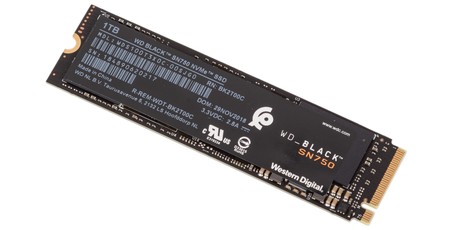
Performance Analysis
Our SSD test rig hasn’t seen much use in recent years sadly, meaning a number of the products in the graphs are a generation or two behind, but the comparisons do still span from basic SATA 2.5” SSDs up to large, powerful, PCIe add-in-cards. The key comparison for this review, however, is the Corsair Force Series MP510 960GB, a current-gen direct competitor to the WD Black. Both were tested with a small heatsink on courtesy of our test motherboard.WD is neck and neck in CrystalDiskMark; both drives are exceptionally fast out of the box with awesome burst speeds that really showcase the PCIe NVMe interface.
The simulated steady state workload is really only of concern to enterprise users, but WD’s high average IOPs are a good sign for long-term performance. However, Corsair is clearly better here, and its consistency is far better too, likely in part as a result of it having more spare area thanks to 960GB formatting.
Corsair has a slight edge in sequential read, but this is lost to WD in sequential writes. As usual, both drives implement SLC caches so that burst writes are able to hit those tantalising 3GB/s speeds. The Iometer testing fills this very quickly, however, so the results there are much closer to true ‘direct to NAND’ writing that happens whenever the SLC cache is full. Here, WD does fantastically well, sustaining around 1.6GB/s compared to about 1GB/s for Corsair. Gamers needn’t worry about this, but it’s a strong showing for anyone that frequently works with very large files, though even then the majority of work will often be read-based.
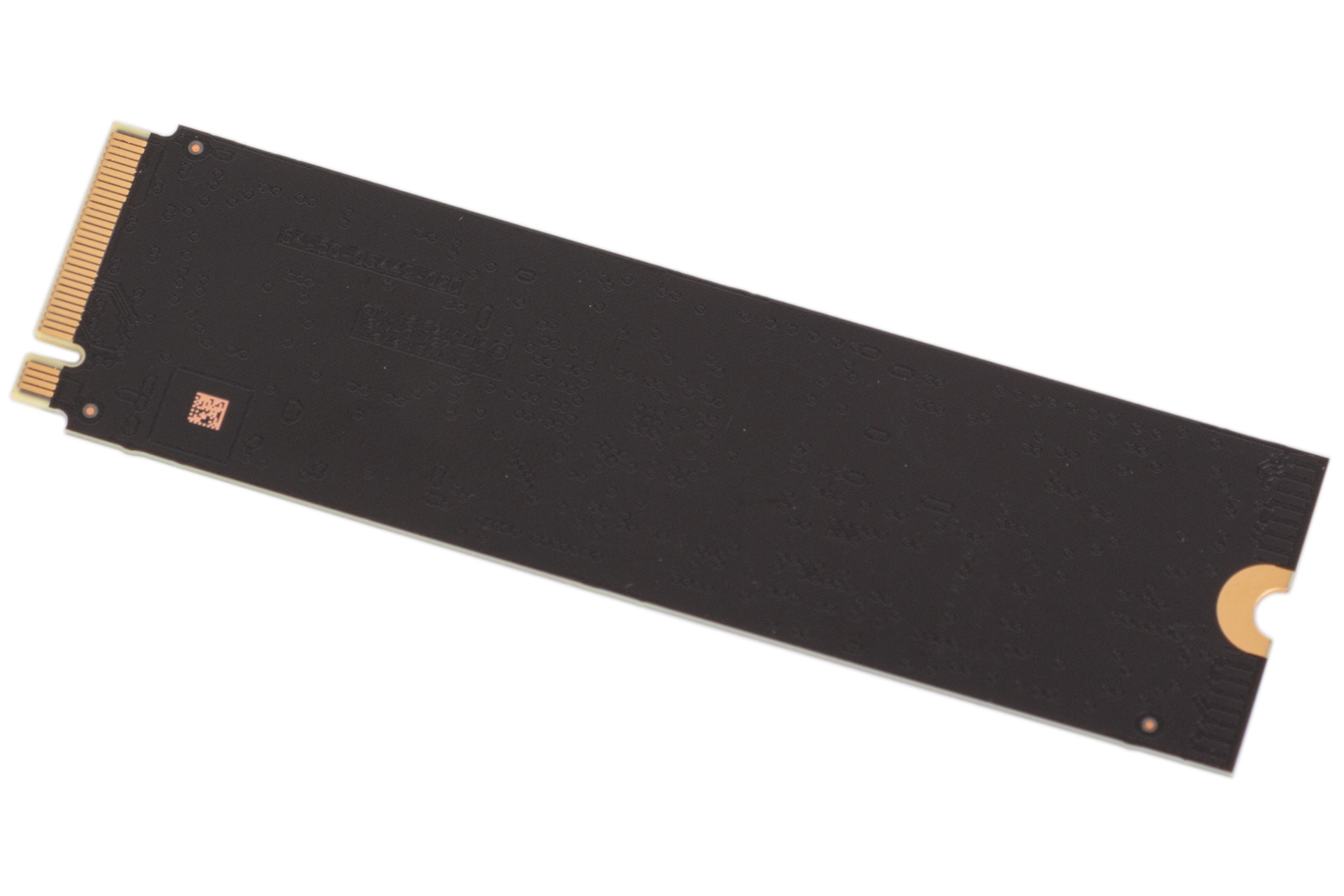
Random read performance is excellent and above Corsair, but the two drives are closer in random writes.
The mixed sequential testing is another win for WD, again likely as a result of faster direct to NAND speeds boosting the write portion. The mixed random testing drops off dramatically, however, pointing perhaps to controller or firmware weakness that slightly undermines an otherwise solid performance.
The WD Black SN750 1TB holds its on in the PCMark 8 storage traces, so typical gaming/office workloads will execute just as fast as with other similar SSDs.
We ran a few of our tests with the Gaming Mode activated via WD’s software. This had a small impact in a few benchmarks (CrystalDiskMark random writes and Iometer random performance at QD1), and it shaved a few fractions of a second off the PCMark 8 traces. Realistically, you won’t notice any difference, but there’s little reason for desktop users not to turn it on.
Conclusion
While there are clearly justifiable reasons to opt for PCIe NVMe SSDs over older SATA-based models, especially for your primary boot drive, the differences between individual drives often don’t amount to much outside of benchmarks, especially for non-professional and gaming workloads.
With the QLC-based Intel SSD 660p bringing 1TB PCIe NVMe pricing down to around £110, the pressure is on for more expensive drives like this one. Thankfully, burst and sustained performance are significantly faster and endurance is higher as a result of it using TLC NAND, and it certainly puts in a mostly excellent showing in our benchmarks. However, the MP510 960GB does too, and it does it for £60 less, which is a perfectly acceptable trade for around 40GB less space and a larger endurance rating.
Consequently, while the WD Black SN750 1TB SSD is clearly a solid product, it’s tough to recommend unless WD can get pricing closer to that of Corsair, or unless you’re a user with workloads that have frequent sustained heavy writes of dozens of gigabytes at once.

MSI MPG Velox 100R Chassis Review
October 14 2021 | 15:04

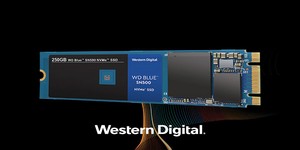
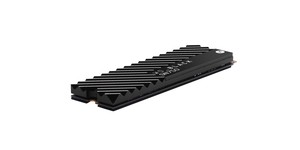
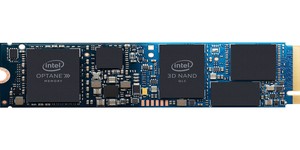




Want to comment? Please log in.